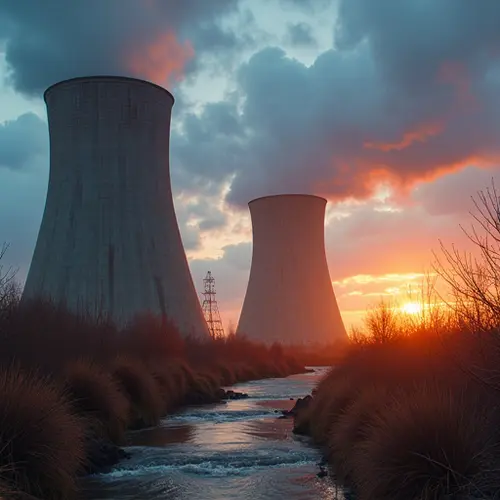
The Fusion Revolution Begins
Practical fusion reactors are no longer science fiction. Recent breakthroughs have positioned fusion energy to disrupt global markets within this decade. Commonwealth Fusion Systems (CFS) will activate its SPARC demonstration plant in 2027, with commercial operations planned for Virginia by the early 2030s. This milestone follows Lawrence Livermore National Laboratory's 2022 achievement of net-positive energy gain.
Economic Tsunami Ahead
MIT analysis reveals staggering economic potential: fusion could boost global GDP by $68-$175 trillion. Regional impacts are equally dramatic - New England's energy costs could drop 7% ($36B annually) by 2050. Unlike variable renewables, fusion provides constant baseline power without geographical limitations. Fuel comes from seawater (deuterium) and lithium-bred tritium, making it virtually inexhaustible.
The Investment Gold Rush
Private capital has flooded the sector with over $7B invested since 2021. Major energy players like Chevron and Shell are placing strategic bets, while startups like TAE Technologies and Tokamak Energy race toward commercialization. The market could reach $40-80B by 2035 and surpass $350B by 2050.
Global Race for Dominance
National strategies are accelerating worldwide. The UK launched a £50m Fusion Industry Programme, Germany plans its first plant, and the US is developing fusion-specific regulations. Virginia's historic agreement with CFS and Dominion Energy positions America as an early leader. China's materials dominance presents supply chain challenges, particularly for lithium-6 isotope separation and high-temperature superconductors.
Challenges and Opportunities
Technical hurdles remain in plasma stability and neutron-resistant materials. Tritium fuel cycle management requires lithium breeding blankets to sustain reactions. Economic viability depends on reducing capital costs - but MIT projects fusion will ultimately become the cheapest reliable power source. First applications will target grid stability and data centers, with hydrogen production and industrial heat following.
As Commonwealth Fusion Systems CEO Bob Mumgaard states: "We're transitioning from pure research to commercialization. Fusion may finally fulfill its potential within this decade." The energy abundance era could begin when an engineer in Virginia flips the switch in the 2030s - changing civilization forever.

 Nederlands
Nederlands English
English Français
Français Deutsch
Deutsch Español
Español Português
Português






